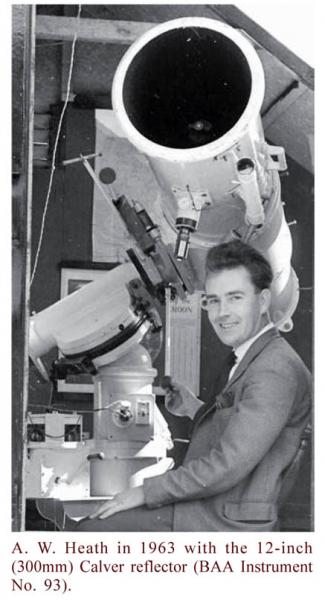The ‘Great Filter Debate’
2017 May 24
 Early attempts to reduce glare in the observation of celestial objects define one of the reasons why in 1953 Valdemar Axel Firsoff (1910-1981) began to test the efficacy of colour filters in lunar and planetary observation.
Early attempts to reduce glare in the observation of celestial objects define one of the reasons why in 1953 Valdemar Axel Firsoff (1910-1981) began to test the efficacy of colour filters in lunar and planetary observation.
Firsoff began with a series of observations using monochromatic and dichromatic (transmitting two colours) filters to ascertain faint colourings and eliminate spurious colour effects. He reasoned that the colouring of a marking can be determined by its intensities as viewed through red, green and blue tricolour separation filters. From several hundred determinations made over a three-year period he concluded that the Moon has less colour and the effects revealed by filters are not so dramatic. Yet many dark areas in the lunar maria and craters show traces of colouring, usually green or violet, whilst red and yellow hues predominate elsewhere.
Thus encouraged, and bearing in mind the possibility of detecting markings invisible in integrated light, as F. E. Ross had demonstrated with his UV experiment on Venus at Mount Wilson in 1927, Firsoff next turned his attention to Venus and quickly established the value of the technique in dealing with irradiation, contrast and the effects of atmospheric dispersion. His pioneering initiative proved inspirational. Observers who have tried in vain to detect markings on the planet would do well to look up V. A. Firsoff’s paper in the 1957 March issue of the JBAA, also reported in the Chicago Astronomer in its autumn issue of 1957.
Wavelength-dependent effects can be photographed but are not visually apparent, it was argued; are they illusion or reality? And so the Great Filter Debate got under way.
(Login or click above to view the full illustrated article in PDF format)
| The British Astronomical Association supports amateur astronomers around the UK and the rest of the world. Find out more about the BAA or join us. |
